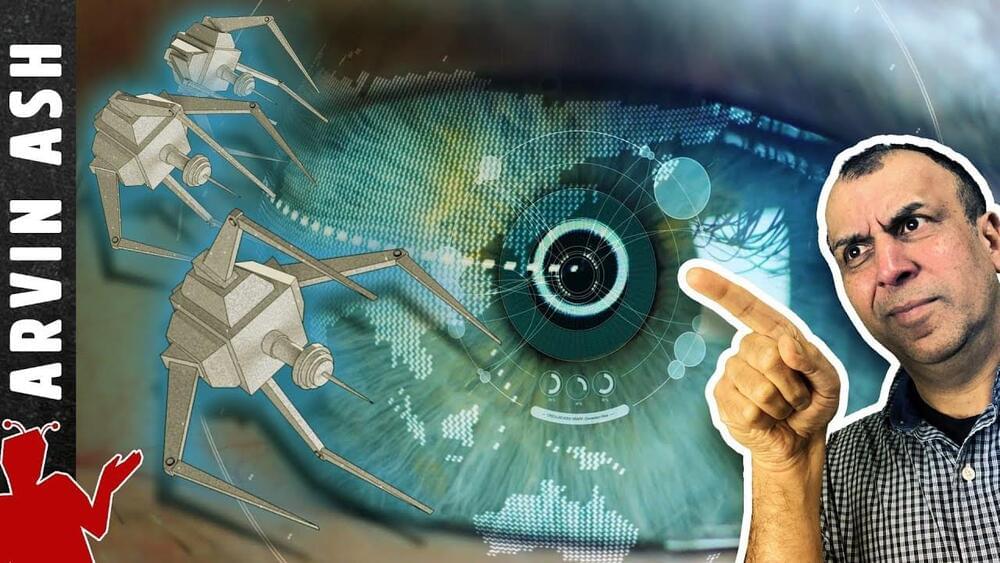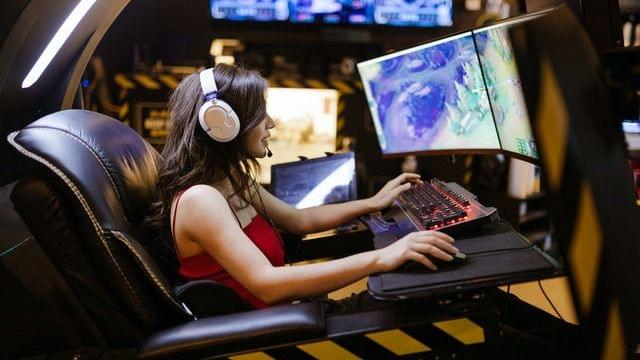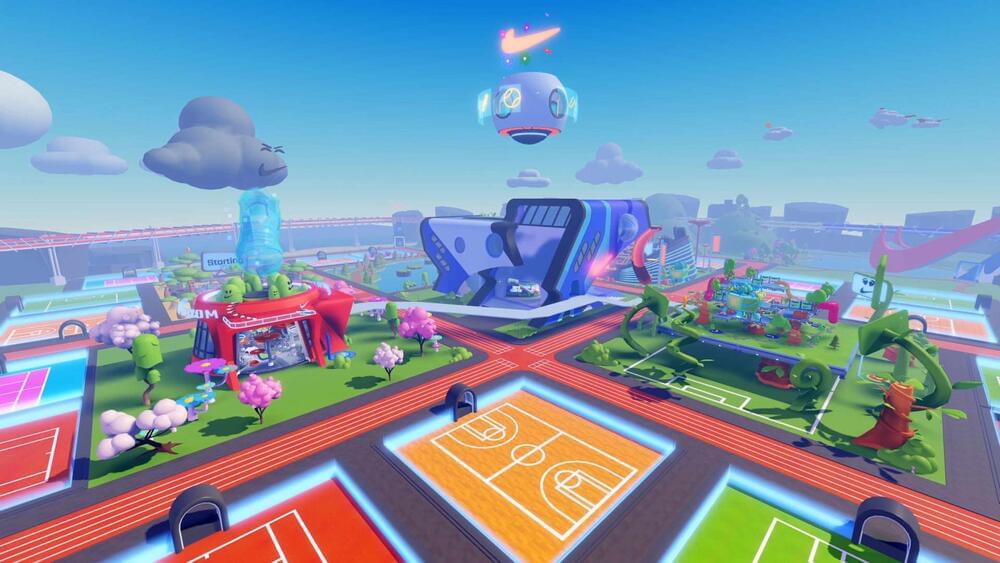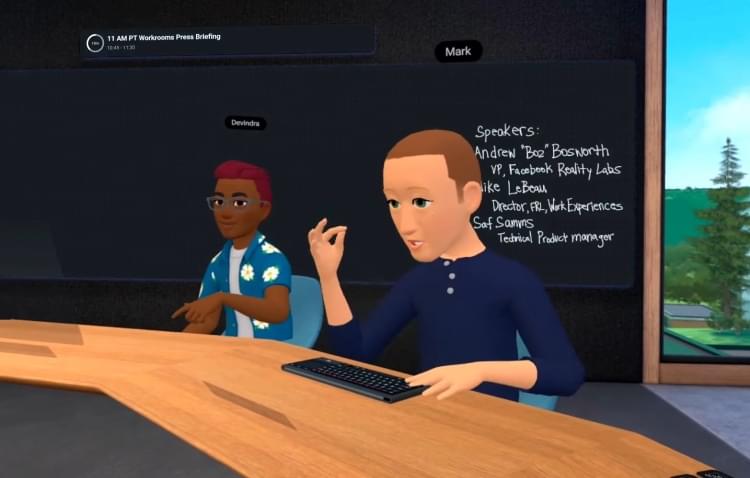However, the $799 product can still run PC games, thanks to the integrated graphics on the CPU.



Future predictions in 2019 are notoriously hard to make. What will life be like in 2050? Technology does not progress in a steady state, it accelerates.
And usually the technology advances faster than we can imagine it, let alone predict it. But still many predictions that were made in the past have turned out to be true, even though they were unimaginable at the time that the prediction was made.
In 1,865, Jules Verne, the author who wrote 20,000 leagues under the sea, and journey to the center of the earth, predicted that we would send people to the moon, and it would precisely 3 people, from of all places, Florida. And he even described weightlessness in space. He had no way to know 150 year ago how gravity would behave in space.
In 1909, Nikola Tesla, the inventor of the AC electrical system, predicted widespread use of personal wireless devices. This was over 100 years ago!
In 1987, the late Roger Ebert, famous movie critic, predicted video on demand dominating the entertainment industry. You have to remember, this was 30 years ago, a time when video cassette tapes were just getting popular.
What do these predictions have in common – they were all ridiculed at the time as foolish speculation. But of course, we now know that they were pretty much spot-on.
Let’s take a look at what I consider the top 10 most incredible predictions, from some of the world’s most renowned thinkers.

In an effort to see what the brain does during flow, Huskey led research looking at how people experience flow while playing a video game. In a paper, which was published in the Journal of Communication this month, more than 140 participants played a video game. Some took part in an experiment while playing a game and self-reported their experiences. Others also subjected themselves to brain imaging so that researchers could look at how their brain functioned during flow.
Flow happens, Huskey said, when activities are engaging enough to fully involve someone to the point of barely being distracted, but not so difficult that the activity becomes frustrating.
Similarly, a video game designed for a child will probably not keep an adult in flow. There must be a balance, he explained. When there’s a balance, the person experiences an intrinsic reward. Things like getting to the next level or earning points matter, but they become secondary. Simply playing the game and experiencing flow is rewarding in and of itself.

Sports giant Nike has taken a leap into the metaverse.
The Beaverton, Oregon, company announced Thursday that it is partnering with Roblox to create a virtual world called Nikeland on Roblox’s online gaming platform.
The virtual world includes Nike buildings, fields and arenas for players to compete in various mini-games, ranging from tag and dodgeball to “The Floor Is Lava.” It’s modeled after the company’s real-life headquarters. Nikeland will be free (for now).

Move over, Hollywood—science fiction is getting ready to leap off the big screen and enter the real world. While recent science fiction movies have demonstrated the power of artificially intelligent computer programs, such as the fictional character J.A.R.V.I.S. in the Avenger film series, to make independent decisions to carry out a set of actions, these imagined movie scenarios could now be closer to becoming a reality.
In a recent study published in Nature Communications, a journal of Nature, researchers at the University of Missouri and University of Chicago have developed an artificial material, called a metamaterial, which can respond to its environment, independently make a decision, and perform an action not directed by a human being. For example, a drone making a delivery might evaluate its environment including wind direction, speed or wildlife, and automatically change course in order to complete the delivery safely.
Guoliang Huang, Huber and Helen Croft Chair in Engineering, and co-author on the study, said the mechanical design of their new artificial material incorporates three main functions also displayed by materials found in nature—sensing; information processing; and actuation, or movement.

As part of its recently announced rebranding, Facebook is doubling down on its vision of the metaverse, an immersive virtual-reality environment for gaming, work meetings, and socializing. In promotional materials, Mark Zuckerberg and his friends enter the metaverse via the company’s own Oculus headsets, and are transformed into cartoon-y animated torsos, often while arranged around a virtual boardroom.
According to Zuckerberg, the metaverse promises an at-work reality better than our own, with lush backdrops and infinite personal customization (as long as that customization stops at the waist for humanoid characters). Borrowing elements from world-building games and environments like Second Life and Fortnite, and inspiration from science-fiction referents like Ready Player One and the Matrix, the insinuation is that working within the metaverse will be fun. (This despite the irony that all of these virtual worlds are positioned as dystopias by their creators.)
Full Story:

Artificial Intelligence is starting to surpass humans even in creative works now. A robot has written and directed the first feature movie that was actually released for the public to see. In fact, it’s a lot better than many movies that real humans have made so far. While still surreal and a bit funny in some parts of the AI generated script, it’s still one of the most impressive videos and movies made by AI Bots so far.
Generative Pre-trained Transformer 3 (GPT-3) is an autoregressive language model that uses deep learning to produce human-like text. Maybe OpenAI GPT-4 or GPT4 will be even better in 2021.
–
If you enjoyed this video, please consider rating this video and subscribing to our channel for more frequent uploads. Thank you! smile
–
TIMESTAMPS:
00:00 A real AI Generated Movie.
02:00 How the movie was made.
03:04 How the Artificial Intelligence was made.
04:18 How it was perceived.
06:12 Last Words.
–
#ai #robot #movie

To understand why Mark Zuckerberg thinks “the metaverse” is the next frontier, consider the case of Sam Peurifoy. The 27-year-old chemistry PhD from Columbia University left his job at Goldman Sachs at the height of the pandemic and is now seeking out his fortune in crypto by playing video games.
He has recruited dozens of people from Mexico to the Philippines to a “Guild” that plays under the command of “Captain” Peurifoy. In exchange, he ponies up the funds needed to enter Axie Infinity, a game where players collect Smooth Love Potion — a digital token that can potentially be converted into real money.

With the proliferation of AI programs into the strategy gaming spaces, should human players bother competing at all? In a world where artificial intelligence (AI) learns from its mistakes and progresses with every match, it’s hard to tell. A computer can learn from its mistakes in an instant and play millions of hands in seconds.
While it might take a human a lifetime to master the game of poker, an AI could become unbeatable overnight. This reality has raised a lot of questions in the world of strategy games.
AI is an ever-evolving field that can be difficult to understand. One of the most common ways for non-techies to get introduced to AI is through online poker, where humans are pitted against artificial intelligence in a game of cards. Which raises the question: when does one become indistinguishable from the other?

Sign Up on Patreon to get access to the Space Time Discord!
https://www.patreon.com/pbsspacetime.
Today I’m going to explain why you’re not falling through your chair right now using one simple fact, and one object. The fact is that all electrons are the same as each other, and the object is a structurally critical item of my clothing. There’s a chance this episode could get very weird.
Electrons DO NOT Spin.
Spin Renderings by the Incredible Jason Hise.
http://entropygames.net/
Check out the Space Time Merch Store.
https://www.pbsspacetime.com/shop.
Sign up for the mailing list to get episode notifications and hear special announcements!
https://mailchi.mp/1a6eb8f2717d/spacetime.
Hosted by Matt O’Dowd.
Written by Graeme Gossel & Matt O’Dowd.
Graphics by Leonardo Scholzer, Yago Ballarini, Pedro Osinski, Adriano Leal & Stephanie Faria.
GFX Visualizations: Ajay Manuel.
Directed by Andrew Kornhaber.
Assistant Producer: Setare Gholipour.
Executive Producers: Eric Brown & Andrew Kornhaber.